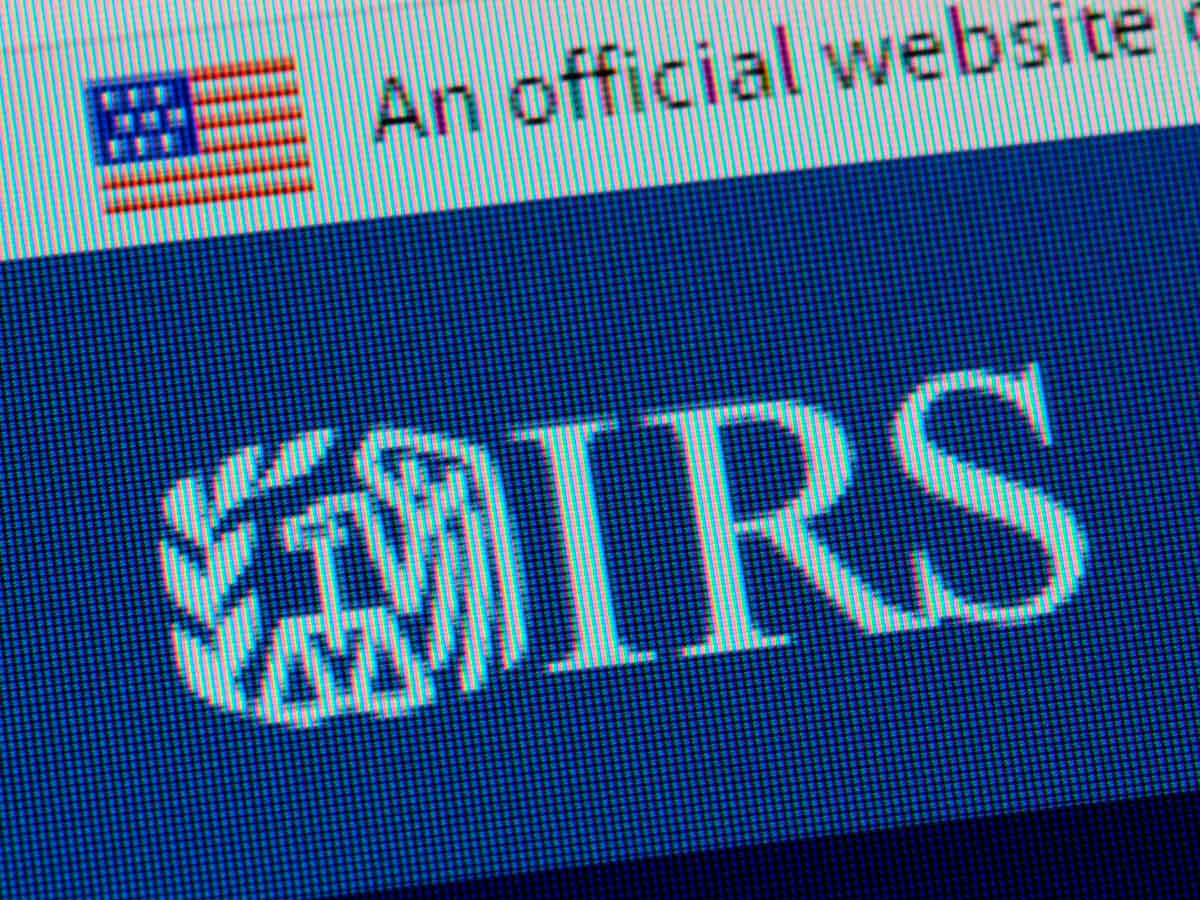The IRS issues over a billion dollars in refunds, with many taxpayers already spotting their deposits and an increase in average rebate amounts.
Millions of taxpayers across the United States are receiving their long-awaited tax refunds this week. According to the latest data, more than 70 million individuals have already complied with the requirement to file their tax information, marking a slight 1.7% decline compared to last year’s figures. However, the average refund stands at an impressive $2,600, reflecting a notable 4.8% increase from 2024.
A significant portion of this year’s refunds, totaling approximately $160.919 million, has been issued via direct deposit. This modern payout method continues to gain popularity, largely due to the convenience of digital banking.
Are you among the taxpayers anxiously waiting to see if your account balance has changed overnight? If so, keep an eye on your transaction history, as the IRS has disbursed over a billion dollars in refunds to date.
Why many Americans are rushing to check their bank accounts right now
Economic uncertainties, including the lingering effects of trade disputes, have created an urgent atmosphere around this year’s tax season. At the same time, the IRS continues to operate a dedicated tax benefit program for individuals earning below $73,000. Through this initiative, taxpayers in lower income brackets may qualify for additional support and faster processing times.
Below is a brief overview of some key IRS refund statistics so far:
| Category | Figure | Increase/Decrease |
|---|---|---|
| Total Refunded Amount | $162.992 billion | +6.7% vs. last year |
| Average Refund | $2,600 | +4.8% vs. last year |
| Direct Deposit Released | $160.919 million | Higher than 2024 |
These figures highlight how direct deposits remain the fastest way to receive funds and alleviate financial burdens.
Top strategies for ensuring a timely refund through electronic filing this year
Filing electronically is widely regarded as the quickest route to a refund. First, gather all necessary forms, including W-2s and 1099s, to streamline the process. Second, submit your return as soon as possible to avoid last-minute errors. Third, choose direct deposit to expedite the payment, since the IRS often processes electronic submissions within 21 days.
Here are a few steps to consider before filing:
- Double-check personal details, like Social Security numbers.
- Verify that you have no outstanding documents or unreported income.
- Consult an approved tax preparer if you feel uncertain.
Still on the fence about filing electronically? Many experts recommend it as the surest way to dodge delays and secure those vital funds sooner.
Important steps for those who have not yet submitted their tax returns today
For anyone who missed the primary deadline, you can request an extension. However, remember that an extension grants extra time to file, not extra time to pay. Consequently, you may still incur penalties if you owe taxes.
If you have already sent in your paperwork, keep tracking your refund status on the official IRS platform. Make sure to update your banking details if anything has changed since your last filing.
In conclusion, taxpayers across America should check their bank accounts promptly to confirm whether the $2,600 average refund has been deposited. With electronic filing and direct deposit, the process remains faster and more reliable, offering crucial support amid economic challenges.

